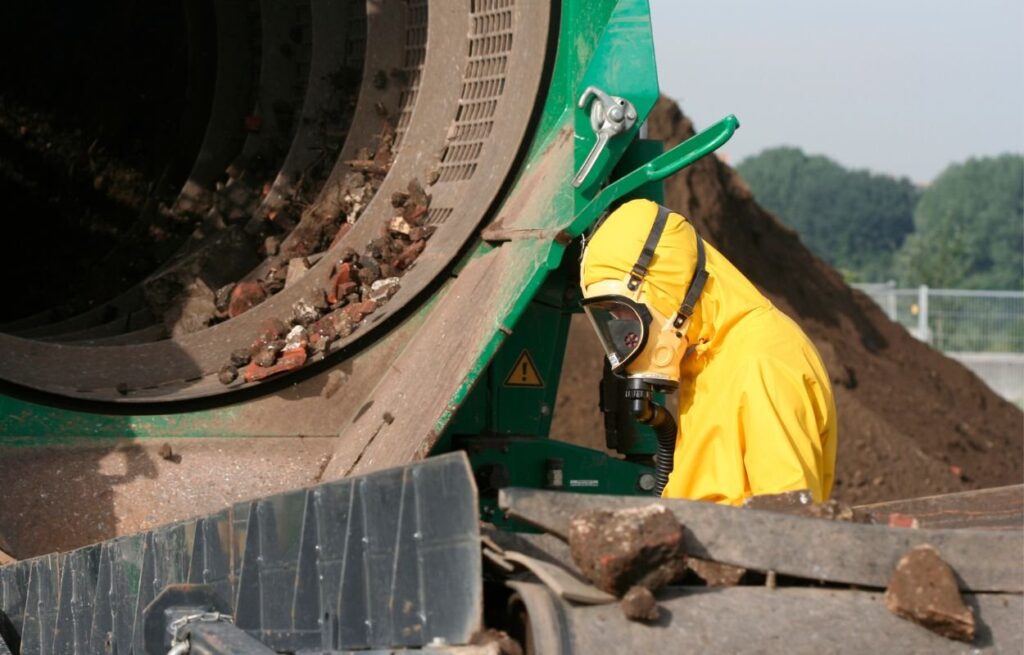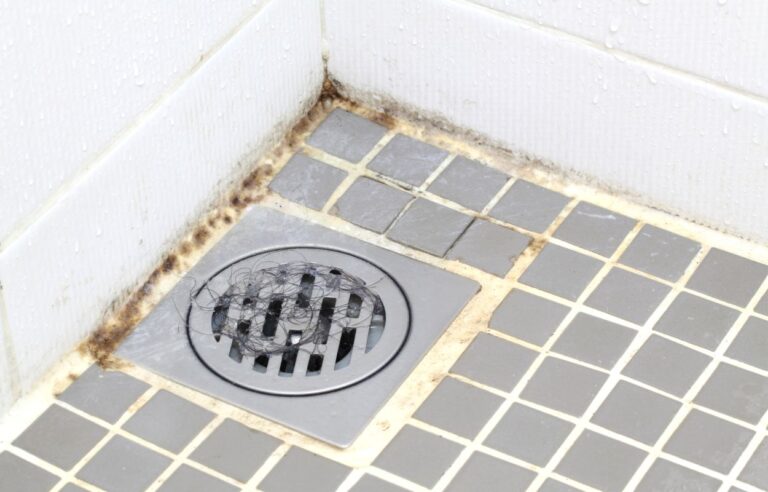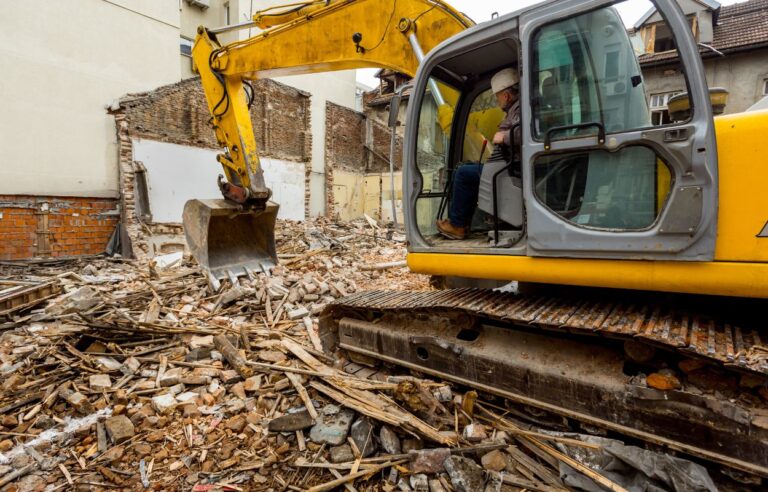
Asbestos is one of those sneaky materials that has been around for a long time. It was used in tons of building materials because it’s super strong and resistant to heat. But here’s the catch — asbestos can be really dangerous if it’s disturbed and its tiny fibers get into the air. That’s why knowing where asbestos hides in your home or commercial building is so important. If you suspect there’s asbestos, don’t panic. Instead, call experts who specialize in asbestos abatement in Victoria to handle it safely. Let’s chat about some of the most common spots asbestos likes to hide.
WHAT IS ASBESTOS AND WHY DOES IT MATTER?
Before diving into where asbestos hides, it’s helpful to understand what it is. Asbestos is a naturally occurring mineral made of tiny fibers. These fibers are fireproof, heat-resistant, and very durable, which made asbestos a popular building material for decades.
Unfortunately, those fibers are also harmful when breathed in. They can cause serious lung problems and illnesses like asbestosis, lung cancer, or mesothelioma. This risk only happens if asbestos fibers get loose and float in the air. So, if asbestos is intact and undisturbed, it’s usually not dangerous. Problems pop up when people try to remove or damage it without the right gear and training.
COMMON SPOTS TO FIND ASBESTOS IN OLDER HOMES
If your home was built before the 1980s, it might have asbestos in some places. Here’s where you should look:
INSULATION MATERIALS
Asbestos was widely used in insulation because of its heat-resistant qualities. You might find it around pipes, boilers, and heating ducts. If your insulation looks old, crumbly, or dusty, don’t touch it. That’s a red flag to call professionals for asbestos abatement in Victoria.
FLOORING MATERIALS
Vinyl floor tiles and the glue used under them sometimes contain asbestos. If you’re thinking of ripping up old flooring, be careful. Removing tiles without checking can release asbestos fibers into the air.
ROOFING AND SIDING
Some older roofs and sidings used asbestos in their shingles or panels. These materials are tough and weatherproof but may contain asbestos fibers inside. Even though roofing and siding usually pose less risk unless disturbed, you still want to avoid DIY repairs without testing.
CEILING TILES AND SPRAYED CEILINGS
Popcorn ceilings or acoustic ceiling tiles from the past often include asbestos. These ceiling textures were popular because they helped with soundproofing and fire resistance. If your ceiling looks like it has that bumpy texture, it’s a good idea to have it checked before sanding or scraping.
WALLS AND WALLBOARD
Certain plaster, drywall, or wallboard compounds made before the 1980s may contain asbestos. It’s common in joint compounds or textured paints used to cover walls. If you’re renovating and sanding walls, test first to avoid spreading fibers.
HEATING SYSTEMS
Older heating systems, including furnaces and boilers, sometimes have asbestos insulation or gaskets. It’s especially common in commercial buildings but can be in homes too. Inspect these parts carefully if your system is old.
OTHER HIDDEN SPOTS IN COMMERCIAL BUILDINGS
Commercial buildings often have more asbestos-containing materials because they used heavy-duty construction materials. Here are some typical hiding spots:
DUCTWORK AND HVAC SYSTEMS
Asbestos was used to insulate ductwork and HVAC components. If these systems are old, they may contain asbestos blankets or wraps around pipes and ducts. This insulation looks like a thick, fibrous material and should not be touched.
FIREPROOFING MATERIALS
Many commercial buildings used sprayed-on fireproofing, which often contains asbestos. These coatings cover steel beams and structural supports to make them fire-resistant. Damaging or drilling into these areas can release asbestos fibers, so caution is key.
FLOORING AND WALL MATERIALS
Like homes, older commercial buildings sometimes used asbestos floor tiles and adhesives. Walls and ceilings might also have asbestos-containing panels or sprays. Renovations and demolitions require professional asbestos abatement in Victoria to keep everyone safe.
PIPE INSULATION
Thick, white pipe insulation is a classic asbestos carrier in commercial buildings. It looks like a rough, paper-like wrap around pipes. If it crumbles easily or looks damaged, don’t touch it — call an expert.
WHY DIY ASBESTOS REMOVAL IS A BAD IDEA
It’s tempting to try to remove asbestos yourself, especially if you spot it during renovations. But asbestos removal isn’t a simple cleanup job. Disturbing asbestos without the right equipment can release dangerous fibers into the air. These fibers are microscopic and can stay suspended for hours or even days.
Certified professionals use special suits, respirators, and containment methods to keep the fibers from spreading. They also dispose of asbestos safely and follow strict regulations. That’s why professional asbestos abatement in Victoria is the safest choice.
HOW TO KNOW IF YOU HAVE ASBESTOS
If you live in an older building, you might want to have a professional inspection done. Professionals take samples safely and test them in a lab to confirm the presence of asbestos. Never try to test it yourself — breaking the material can be risky.
If asbestos is found and it’s in good condition, experts might recommend leaving it alone. Encapsulation, which means sealing it so fibers can’t escape, is sometimes enough. But if asbestos is damaged or must be removed, a licensed asbestos abatement team will handle it.
FINAL THOUGHTS
Asbestos can hide in more places than you might think, especially in older homes and commercial buildings. From insulation and flooring to ceilings and pipe wraps, it has been used in many building materials over the years. The good news? Knowing where to look helps you stay safe.
If you suspect asbestos in your property, always reach out to professionals. Proper asbestos abatement in Victoria will protect your health and ensure the job gets done right. Don’t take chances with asbestos — it’s better to be safe than sorry.
Got any questions about asbestos or want advice on how to handle it? I’m here to help!
